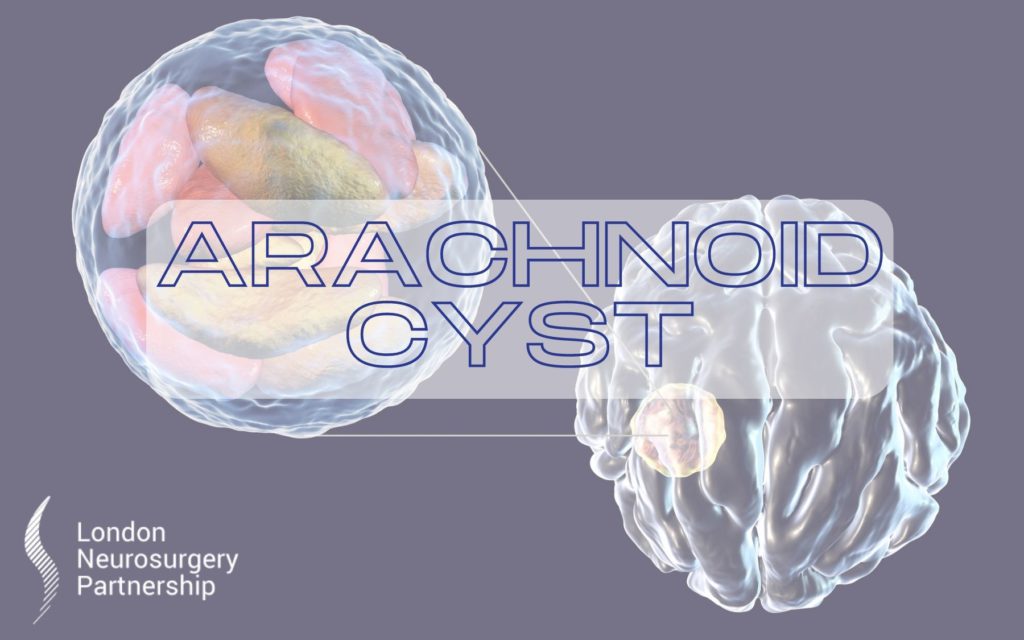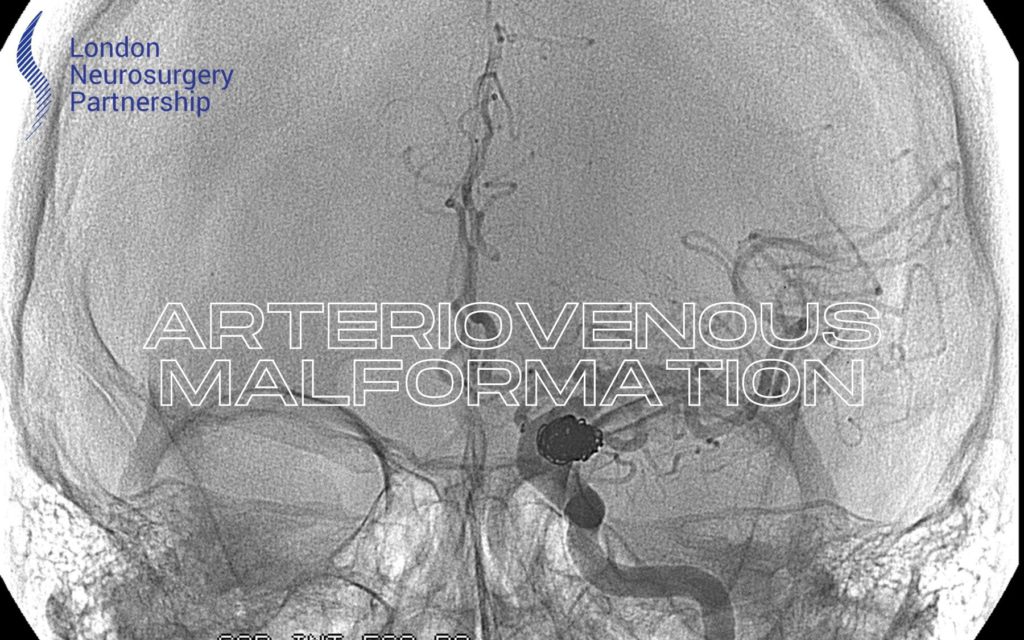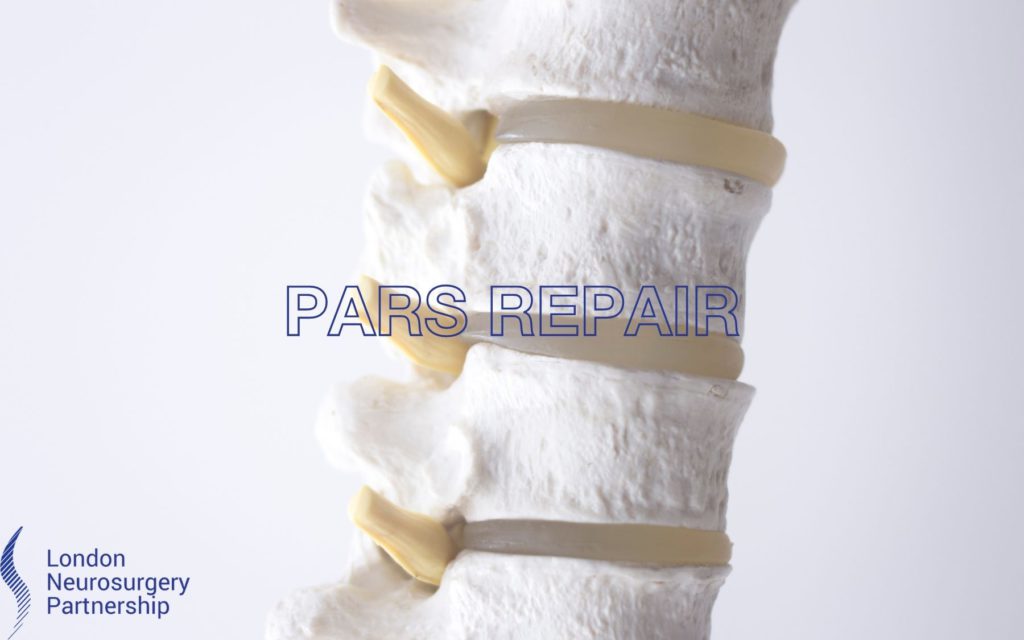
Arachnoid cyst is the most common type of cyst; it is a fluid filled sac rather than tumour. They are most commonly caused by a split in the arachnoid membrane, which is the tissue that surrounds and protects the brain. These cysts are usually present at birth, but can also be caused by a head trauma.
Sometimes an arachnoid cyst will never cause any symptoms, and will therefore not need any treatment, however depending on the size and location of the cyst, it may start to cause symptoms. Some of the most common symptoms include:
- Headache
- Nausea and vomiting
- Fatigue and low energy levels
- Seizures
- Visible lumps
- Hydrocephalus (build-up of fluid around the brain)
- Visual problems
An arachnoid cyst is usually diagnosed with an MRI or CT scan, which can help to show where the cyst is and therefore help your surgeon decide the best treatment option for each patient. A cyst will only ever be operated on if it is causing symptoms, or putting pressure on the spinal cord or brain. The operation will be done to drain the cyst, and therefore relieve the pressure and hopefully alleviate the symptoms. The two most common procedures include: Craniotomy – a craniotomy is a surgical procedure that involves opening the skull so that the cyst can be located. This is an invasive surgery; however, it is usually very successful, with a low number of cysts refilling. Shunt – a shunt is another option that can be done to treat an arachnoid cyst. During this procedure a tube is placed into the cyst. This tube stays in place and allows the fluid to drain always and absorb into another place in the body.
This article is intended to inform and give insight but not treat, diagnose or replace the advice of a doctor. Always seek medical advice with any questions regarding a medical condition.
Back to brain conditions.





0 Comments